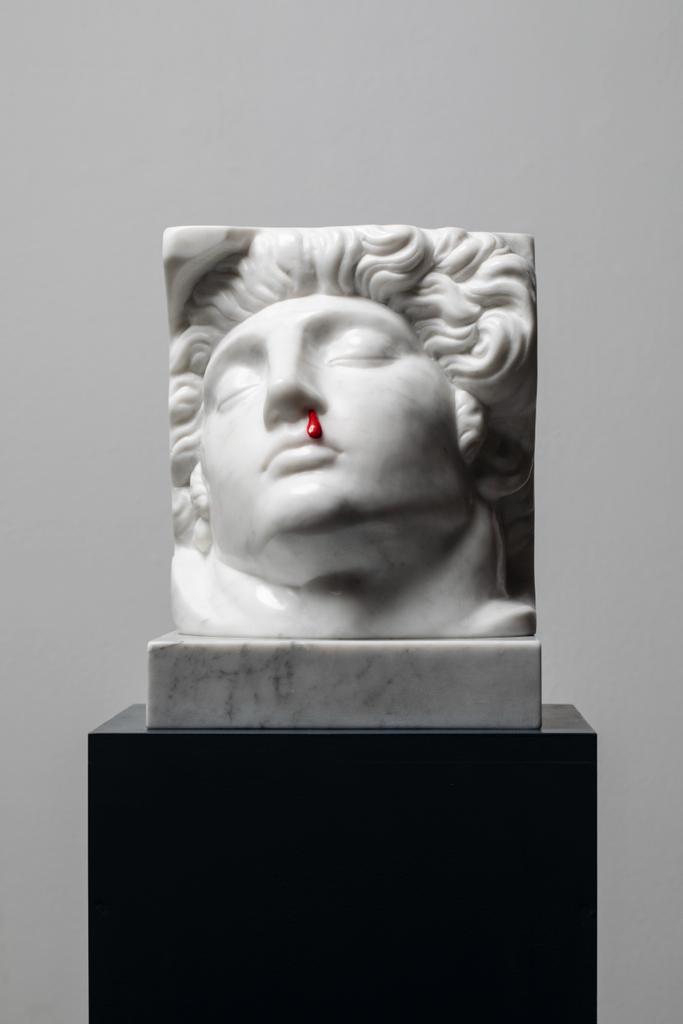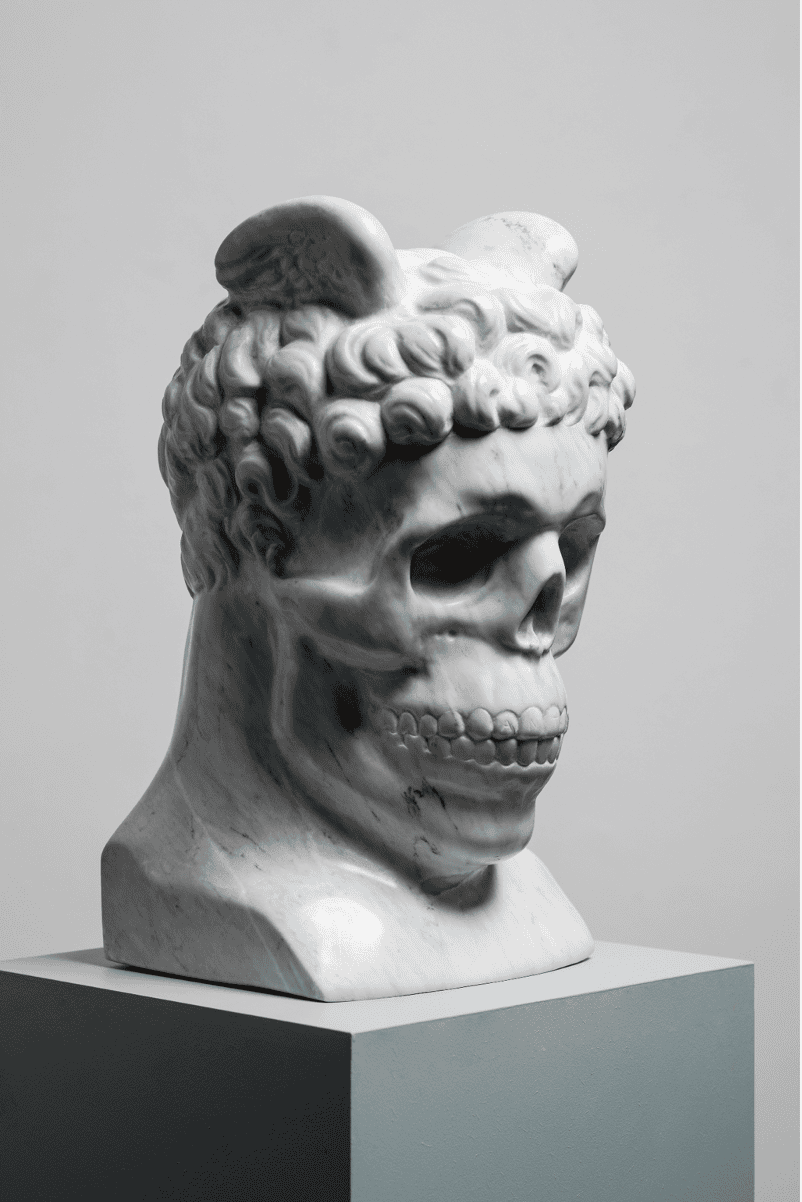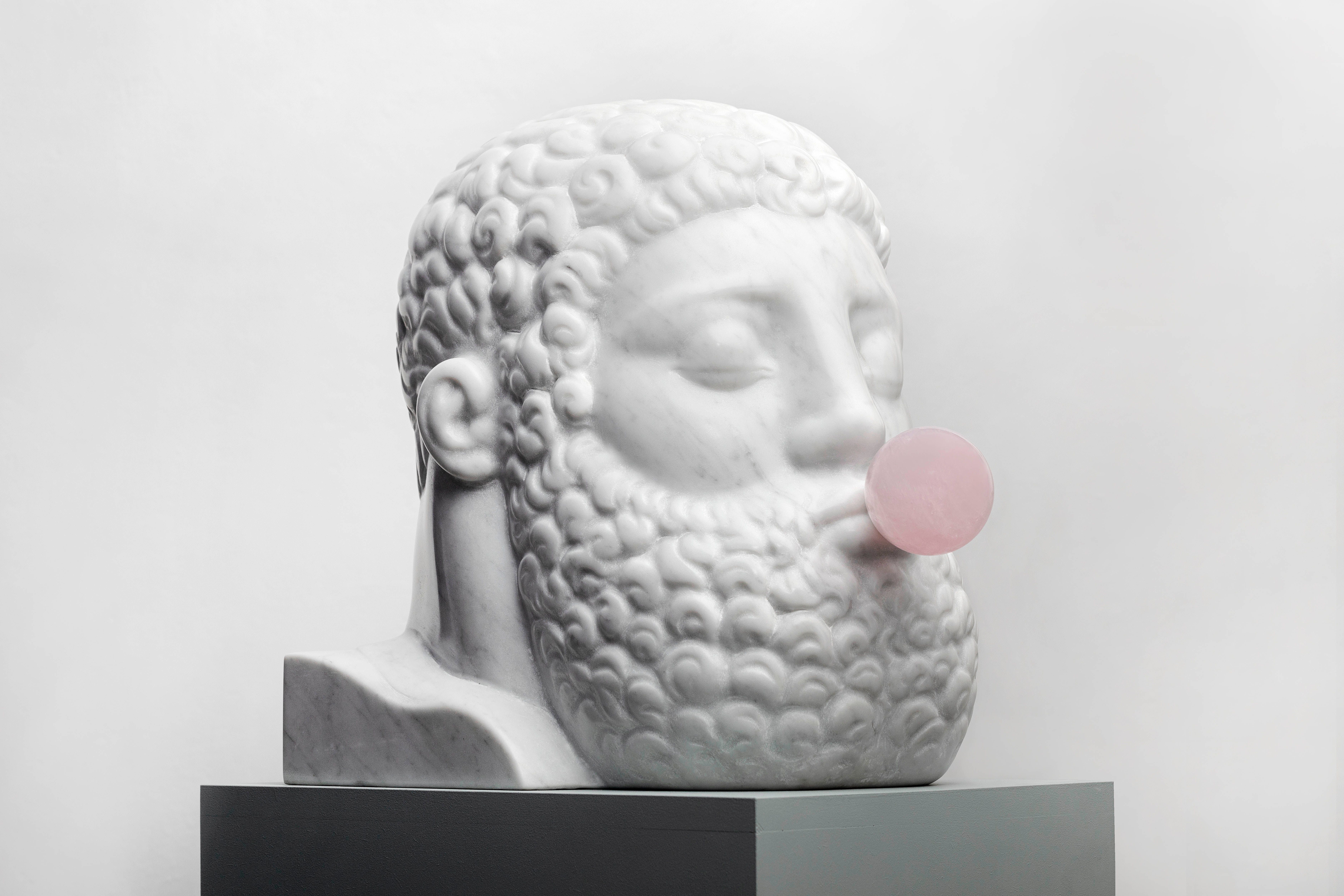Háša Matouš






Matouš Háša was born in 1992. He is a graduate of Academy of Fine Arts in Prague, and has also attended schools in Florence (Libera Accademia di Belle Arti Firenze) and London (Middlesex University London). In response to current cultural and social events, he uses the media of figurative sculptures, which he places in iconographic contexts reminiscent of symbolic or archetypal depictions. His work, stripped of context and interpretation, is a formal continuation of the tradition of Western sculpture inspired by a combination of classical sculpture and contemporary figurative artists. In his work, he consciously draws on the "roots" of Western culture, which he transfers into the form of a psychoanalytic portrait of a postmodern man. It deals with the question of identity, which the present has deprived of secrecy and privacy. This young sculptor bases his expression on the contrast between the traditional and the contemporary. He observes a certain dualism caused by his instinctive inclination towards the classical form, in which his preference towards realism contrasts against a rational need to express himself consciously. He works according to the classical tradition. His themes, with which he usually reacts to local and global social and political phenomena, are based on the "changed behavior" of old, well-known and proven figures of the antique, renaissance, mannerist traditions. He grants them new gestures and puts new attributes in their hands. This decontextualization is behind the convincing contradiction with which he grasps the unclear present in its experiential and media movement.
Here, the seemingly irreconcilable sculptural works of Matouš Háša, derived from the riches of our ancient heritage, were juxtaposed with the works of the experimental, Berlin-based painter Norbert Stefan, which make ample use of modern technologies. Together they erect a modern-day museum (?). The cosmological structure of Stefan's paintings and Háša's animated heroes generate in colour a tonally contemplative Greek temple. In it the viever found the fragments of hallowed sculptures which the young artist Háša chiseled to artisanal perfection from authentic carrara marble. With his tendency for mild irony, even parody, he resurrects the centuries-old pantheon of gods, varies and contextualises the male and female torso, pays homage to the historical masters of sculpture but also dares to banalise the greatness of Michelangelo and Bernini. In his atmospheric paintings Norbert Stefan utilizes blurry details and abstract fragments. The layers of paint evoke the strata of stone, soil and sand unearthed by archeologists to unravel the shape of history. Stefan's paintings infuse with life blood the veins of Háša's fabled heroes of marble. To capture ideal proportions is, in art, equally important as the ability to evoke emotions. The sculptor of ancient icons Matouš Háša and the painter of chemical calligraphies Norbert Stefan enter a dialogue which offers the viewer copious space to apply his own imagination. The authors, through their respective artisanal expertise, descend into bare matter and conjure up a simulacrum of ancient monuments.